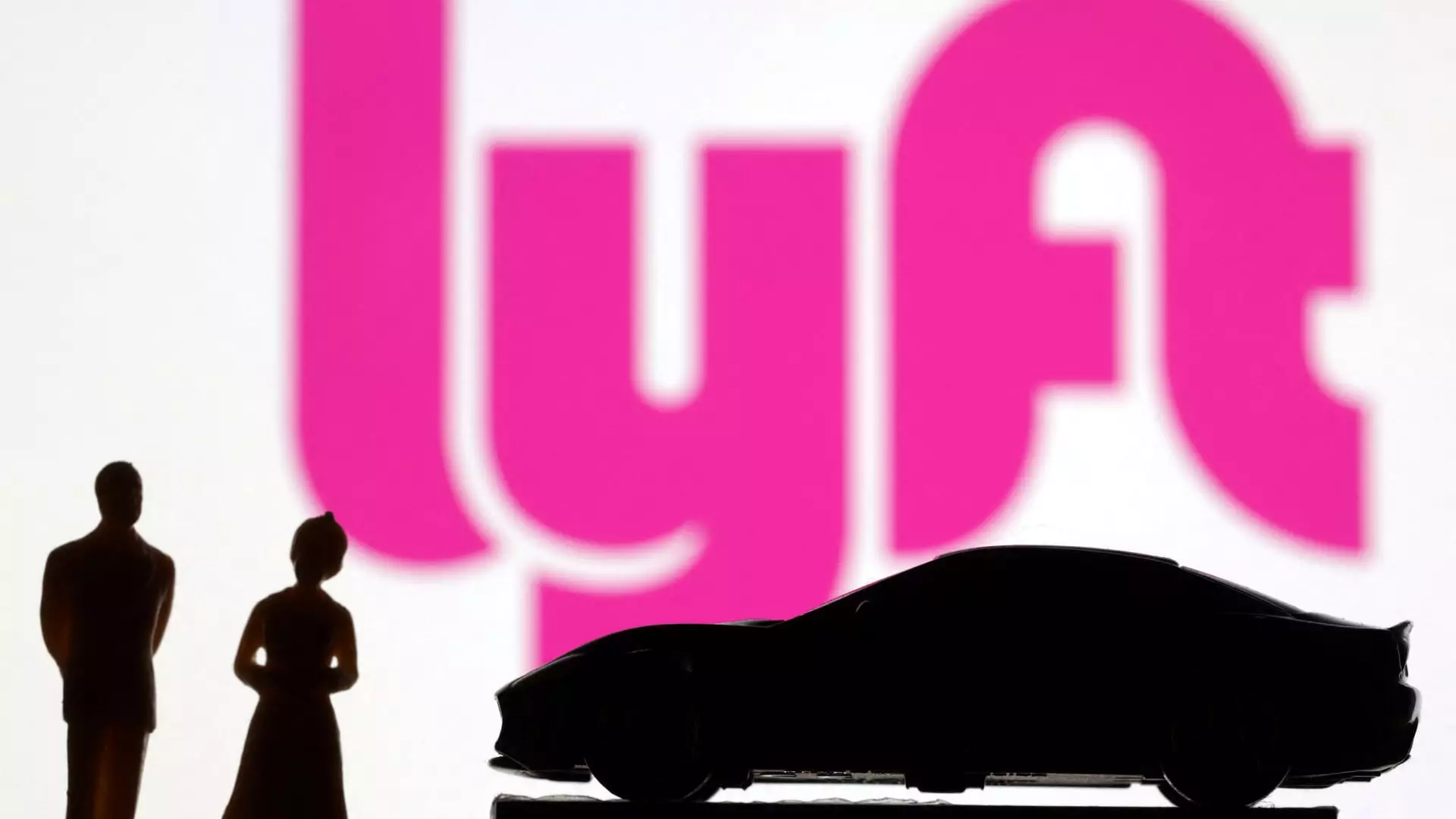In a bold move set to reshape the European ride-hailing market, Lyft has taken a decisive step to compete with established players like Uber by acquiring Free Now for a tantalizing €175 million ($199 million). This acquisition signifies Lyft’s entry into Europe, a landscape that is far from easy. The European market is characterized by complex regulations and fierce competition—factors that Lyft must navigate as it attempts to build its brand across the pond. This acquisition could be the catalyst Lyft needs to convert challenging opportunity into robust growth.
Founded in 2009 as myTaxi, Free Now marks a significant addition to Lyft’s portfolio. With its headquarters in Hamburg, Germany, Free Now has carved a niche in the ride-hailing space, focusing on not only traditional taxi services but expanding into e-scooters, e-mopeds, and e-bikes. It showcases impressive statistics, boasting an impressive €1 billion in gross bookings projected for 2024 and operates in over 150 cities across nine countries. These numbers paint a picture of resilience and growth potential that Lyft is keen to tap into.
The Implications of Entering Europe Late
Lyft’s late entry into the European market raises many questions. For years, Uber has dominated this sector, navigating various regulatory battles and operational hurdles. Lyft’s CEO, David Risher, expressed optimism about this acquisition, emphasizing his company’s improved operational efficiencies in North America. However, one must ponder whether “better late than never” remains a viable strategy in the fast-paced ride-hailing industry. The latecomer often faces the dual challenges of brand recognition and established consumer loyalty, both of which Uber has effectively captured.
Risher remarked on Lyft’s improved service, emphasizing critical changes while hinting at a significant attitude shift within the company. Yet, entering a market that’s not only complex but already littered with competitors can undermine even the most compelling service improvements. Lyft must create distinctive value propositions that set it apart from Uber and other rivals like Estonia’s Bolt and Israel’s Gett.
Financial Viability and Operational Synergies
Acquiring Free Now also raises concerns about financial viability. Although Free Now is currently profitable, will that last once absorbed into Lyft’s operational framework? Lyft’s decision to acquire a significant player suggests confidence in leveraging synergies to boost profitability further. The trajectory must pivot from simply merging two distinct companies into a cohesive operation that maximizes both brands’ strengths.
Risher’s assertion that drivers are earning “billions” on Lyft’s platform raises eyebrows in a field notorious for its thin margins. How much is the company willing to invest to ensure that Free Now maintains its earning positivity post-acquisition? And can Lyft replicate the success it has seen in North America in Europe where the competition is more stiff? These questions remain to be answered.
Furthermore, can the company sustain growth in both regions simultaneously? The transition may require capital that could put Lyft in a precarious financial position if it miscalculates either market’s dynamics.
Challenges Ahead: Navigating Regulation and Competition
The stark reality of the ride-hailing business is that operational hurdles do not end with market entry. Lyft will inevitably face stringent regulatory frameworks—Uber’s past challenges in London serve as prime examples. Given these complexities, Lyft may find itself grappling with issues around safety, licensing, and competition while managing consumer expectations across different regions.
Lyft may need to pay attention to one of Uber’s original blunders by ensuring its operations are aligned with local laws—especially considering regulatory landscapes can shift rapidly. Judging by the pitfalls experienced by Uber, Lyft should prioritize transparent operations and robust compliance mechanisms to stay ahead of any potential regulatory setbacks that could derail its expansion plans.
This timely acquisition can be seen as both an opportunity and a risk. The stakes are high, and Lyft’s ability to navigate the evolving ride-hailing landscape in Europe will likely dictate its long-term success. How it manages this precarious balancing act will define the future of ride-hailing in a continent seeking innovation amidst deeply ingrained traditions.

